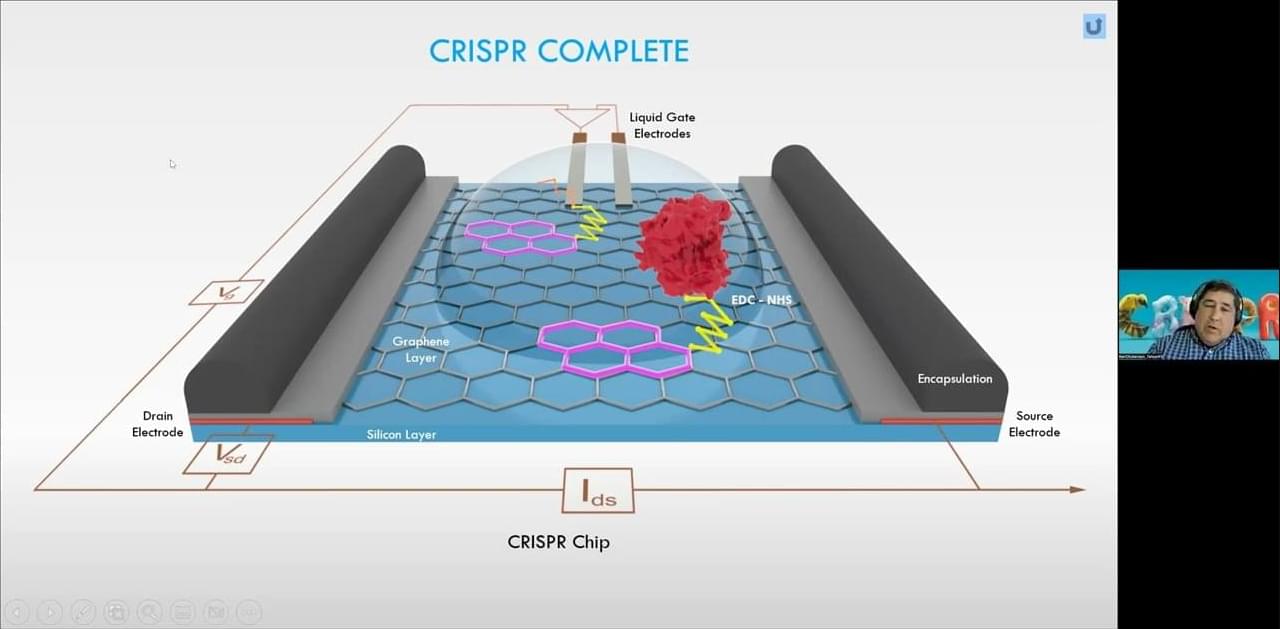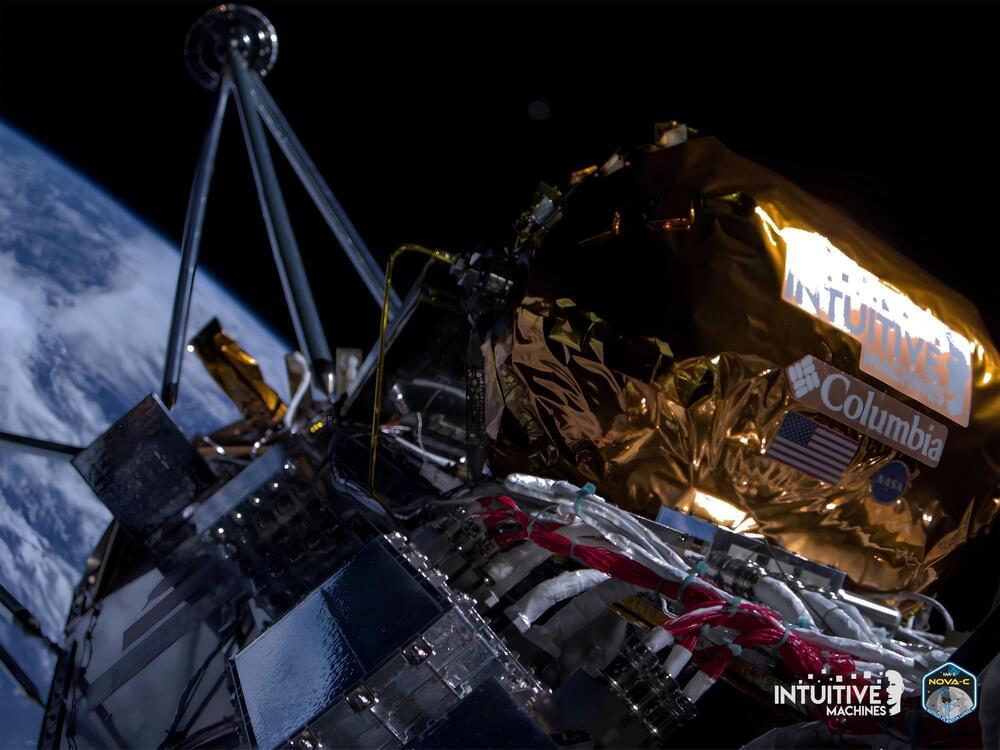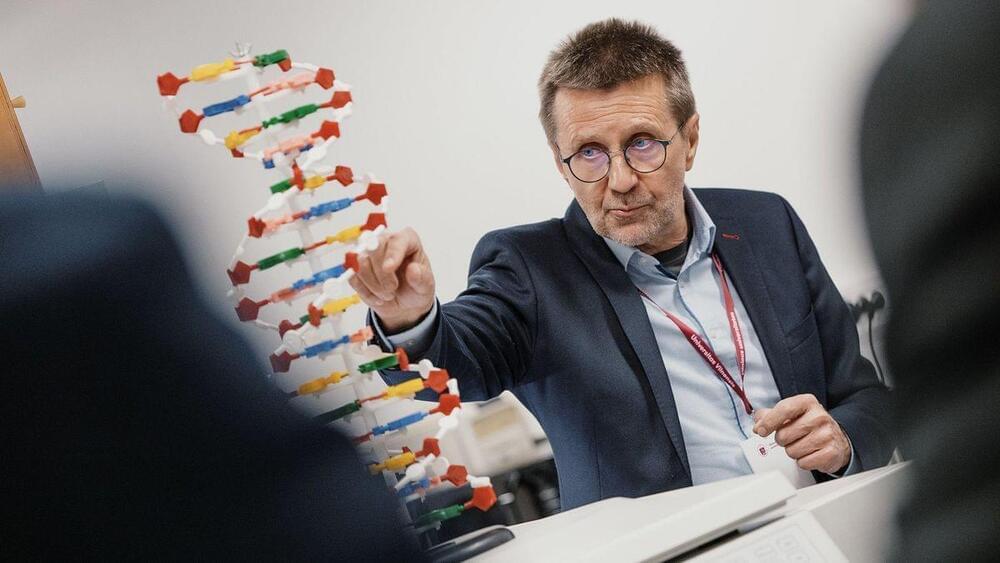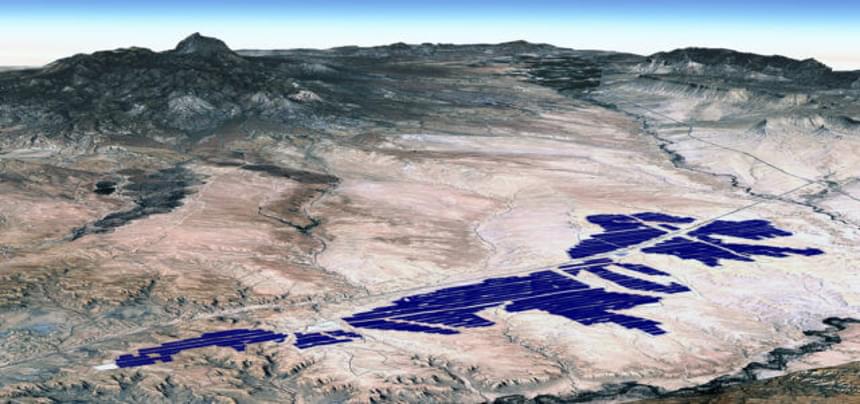In an interview with WIRED, DeepMind CEO Demis Hassabis says the biggest breakthroughs in AI are yet to come—and will take more than just chips.
The notoriously pessimistic AI researcher Eliezer Yudkowsky is back with a new prediction about the future of humankind.
“If you put me to a wall,” he told The Guardian in a fascinating new interview, “and forced me to put probabilities on things, I have a sense that our current remaining timeline looks more like five years than 50 years. Could be two years, could be 10.”
If you’re wondering what “remaining timeline” means in this context, The Guardian’s Tom Lamont interpreted it as the “machine-wrought end of all things,” a “Terminator-like apocalypse,” or a “Matrix hellscape.”
Macquarie University neuroscientists have developed a single-dose genetic medicine that has been proven to halt the progression of both motor neuron disease (MND) and frontotemporal dementia (FTD) in mice—and may even offer the potential to reverse some of the effects of the fatal diseases.
It may also hold opportunities for treating more common forms of dementia, such as Alzheimer’s disease, which is the second most common cause of death in Australia after heart disease.
The new treatment, dubbed CTx1000, targets pathological build-ups of the protein TDP-43 in cells in the brain and spinal cord.
Neurologic immune-related adverse events (nirAEs) following immune checkpoint inhibitor therapy for cancer are frequent and varied; a recent study identified risk factors for death after nirAEs.
Recent cohort studies have demonstrated that neurologic immune-related adverse events (nirAEs) following immune checkpoint inhibitor (ICI) therapy for cancer are frequent, varied, and associated with higher overall survival (NEJM JW Neurol Sep 29 2023 and Neurology 2023; 101:e2472). Researchers conducted a retrospective cohort study of consecutive patients referred to a tertiary center during a 5-year period to characterize the clinical features of nirAEs and identify predictors of ICI response and survival.
The researchers identified 64 patients with confirmed nirAEs, 81% involving the central nervous system (CNS). The vast majority of CNS nirAE patients had encephalopathy, of which 73% were neither seropositive for well-characterized neural autoantibodies, nor had a distinctive encephalitis syndrome, nor had evidence of CNS inflammatory changes. The most common peripheral nervous system (PNS) syndrome was myasthenia and myositis (with or without myocarditis) overlap syndrome. Only 17% of PNS nirAE patients were seropositive. Steroids were given to 91% of nirAE patients after a median of 90 days of symptoms, and 48% received additional immunotherapy. At 1-month follow-up, 72% of nirAE patients showed improvement, 9% had worsened, and 17% had died. Among the 53 patients who survived the first month, median follow-up was 6 months; during follow-up, 30% died, most commonly of cancer progression or cancer-related complications. Death was associated with lung cancer (hazard ratio, 2.
Talk by Ken Dickerson, CRISPR Group Leader, CRISPR QC, at the BACE Technology Showcase event in August 2022.
Chronic thromboembolic pulmonary hypertension (CTEPH) is a rare, potentially fatal condition caused when bloodclots in the lungs block blood vessels to the heart. Yale PCCSM’s Phillip Joseph, MD, and Yale Cardiac Surgery’s Prashanth Vallabhajosyula, MD, share how Yale’s highly specialized #
Clinicians diagnose and treat CTEPH.
The UK’s high-powered DragonFire laser weapon just shot down its first drones — bringing it one step closer to the battlefield.
Completing the commissioning maneuver that demonstrated the performance of the main engine, which will be used to place the spacecraft into lunar orbit and, later, land on the moon, was a major milestone for the mission.
“Once we get through that and we know how the engine performs in space, I think our confidence actually goes up that we will have a successful landing on the moon,” Trent Martin, vice president of space systems at Intuitive Machines, said of that engine test in a Feb. 12 interview.
The IM-1 mission is carrying six NASA payloads as part of the agency’s Commercial Lunar Payload Services (CLPS) program under a $118 million task order. It is also carrying six payloads for other customers, ranging from Embry-Riddle Aeronautical University to the artist Jeff Koons.
Live Science spoke with Šikšnys about what it’s been like to see CRISPR enter clinical use and how he thinks the system might be applied and improved upon in the future.
Editor’s Note: This interview has been condensed and edited for clarity.
Related: Gene therapy: What is it and how does it work?
Sun Bear, an enormous solar and battery storage installation in the Four Corners region of Colorado, will have more than two million solar panels spread across 5,500 acres of land belonging to the Ute Mountain Ute Tribe, part of the Weenuche Band of the Ute Nation. The primary developer is the Canigou Group, which styles itself as a global leader in renewable energy. “We are active throughout Europe, Australia and North America where we work with partners at the local level to provide a holistic solution,” it says on its website. The Sun Bear facility will cost up to $1.5 billion and produce peak power of 975 MW. There is no information currently available about the size of the battery storage system or who will supply the batteries for it.
There are several reasons why the site in southwest Colorado, which borders New Mexico, Arizona, and Utah, was chosen for this large scale solar project. Carigou Group says “Sun Bear is well positioned for harnessing the sun with its large unobstructed sky, high annual solar irradiance, and low seasonal variability. The site is located close to a confluence of transmission systems which provide access to customers via both transmission and distribution interconnection.”
All those factors are significant. An unobstructed sky means no shading issues that might reduce the amount of electricity that can be produced. High solar irradiance is a fancy way of saying the area gets a lot of sunlight throughout the year. Low seasonal variability means the output of the Sun Bear solar farm will not vary appreciably with the seasons. Proximity to existing transmission lines for the Western Area Power Administration means the developer will not need to build long and expensive new transmission infrastructure to connect the solar farm to the grid.









